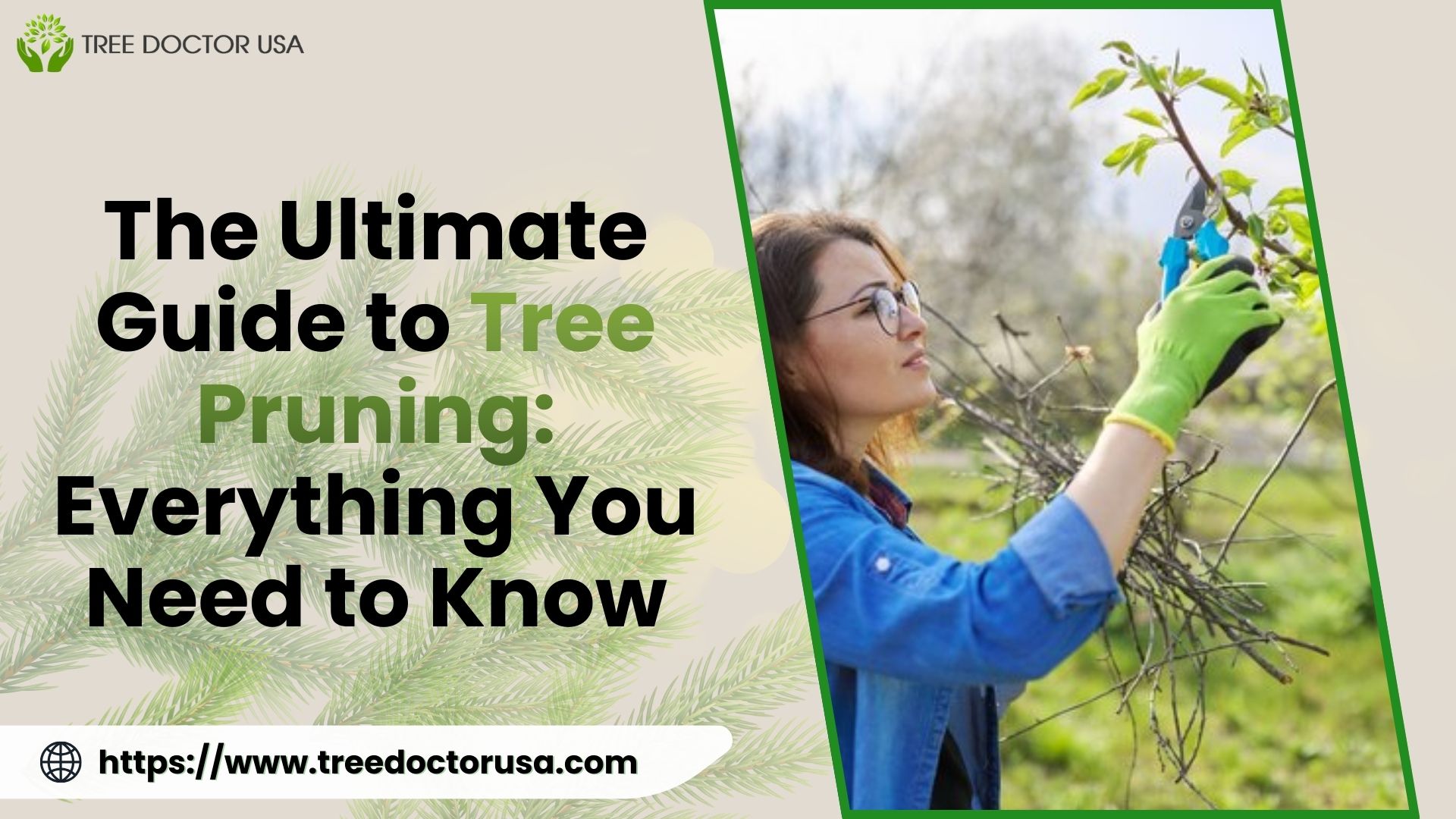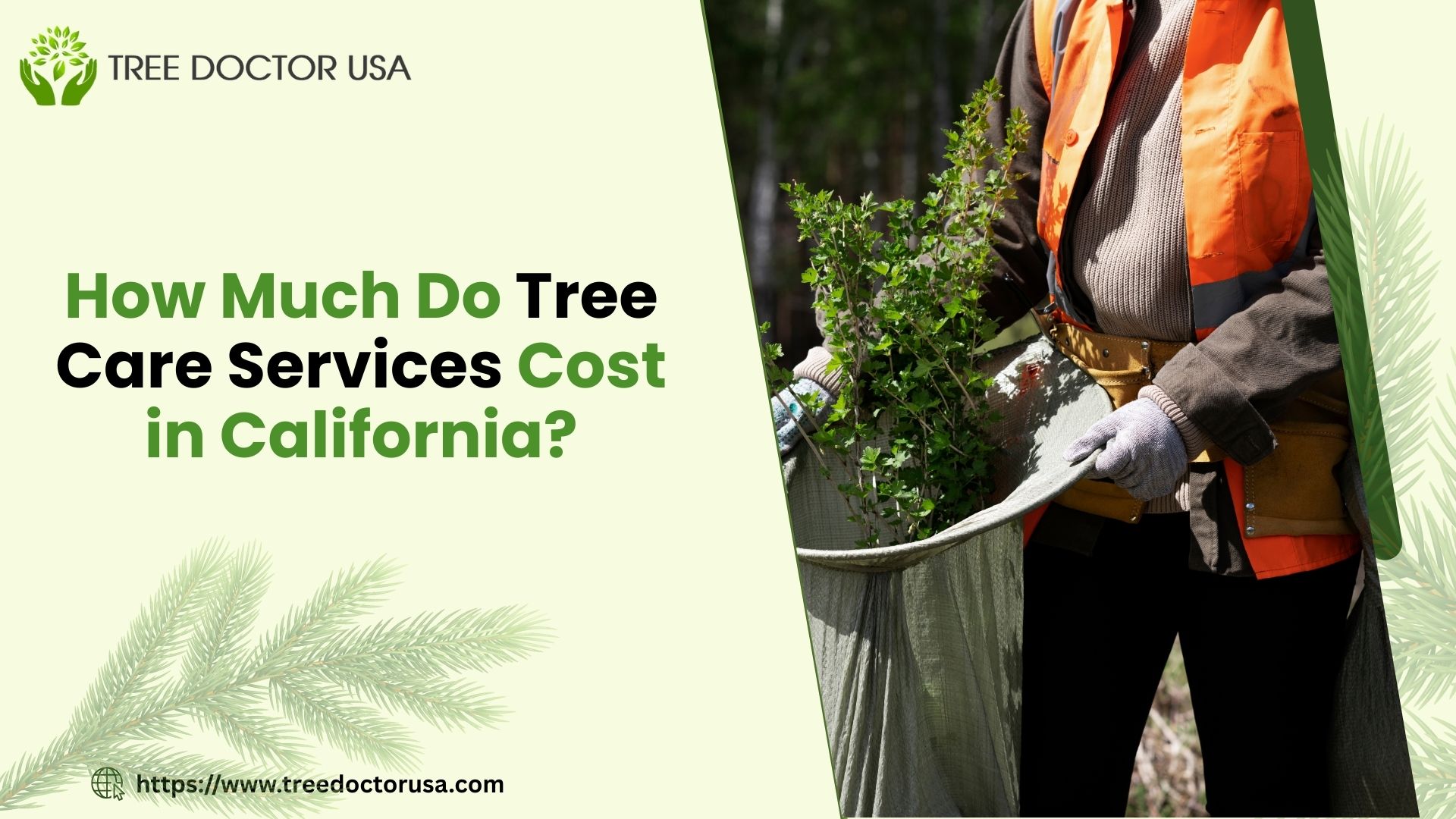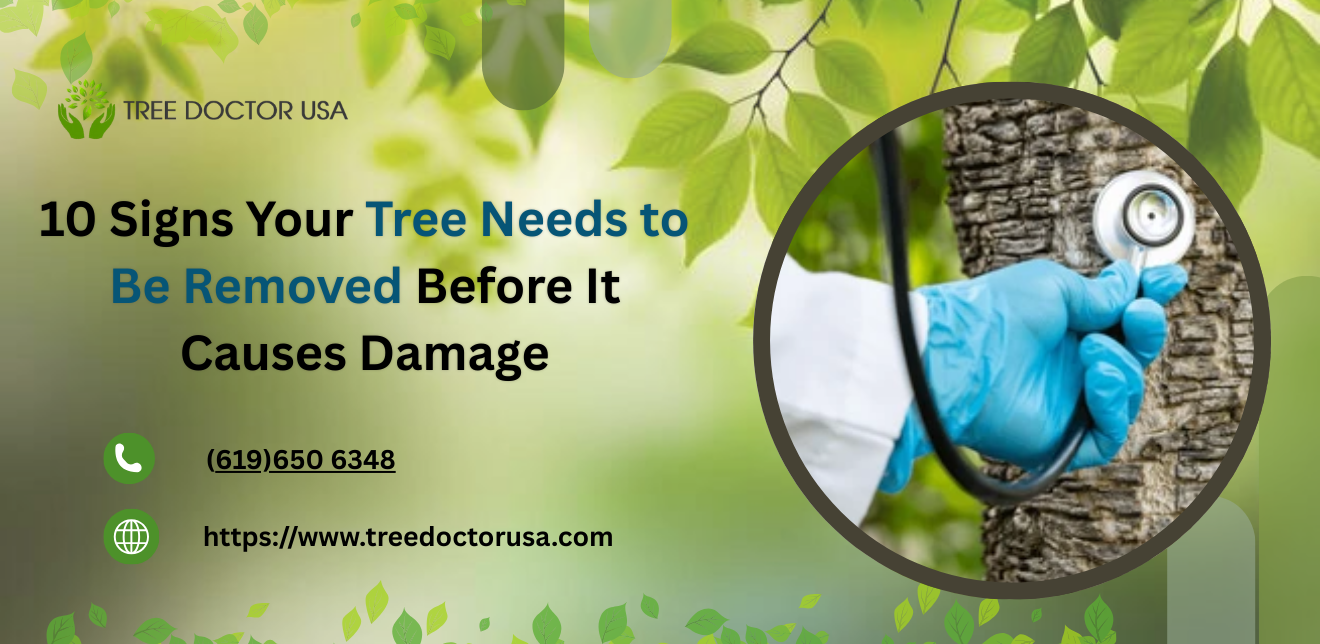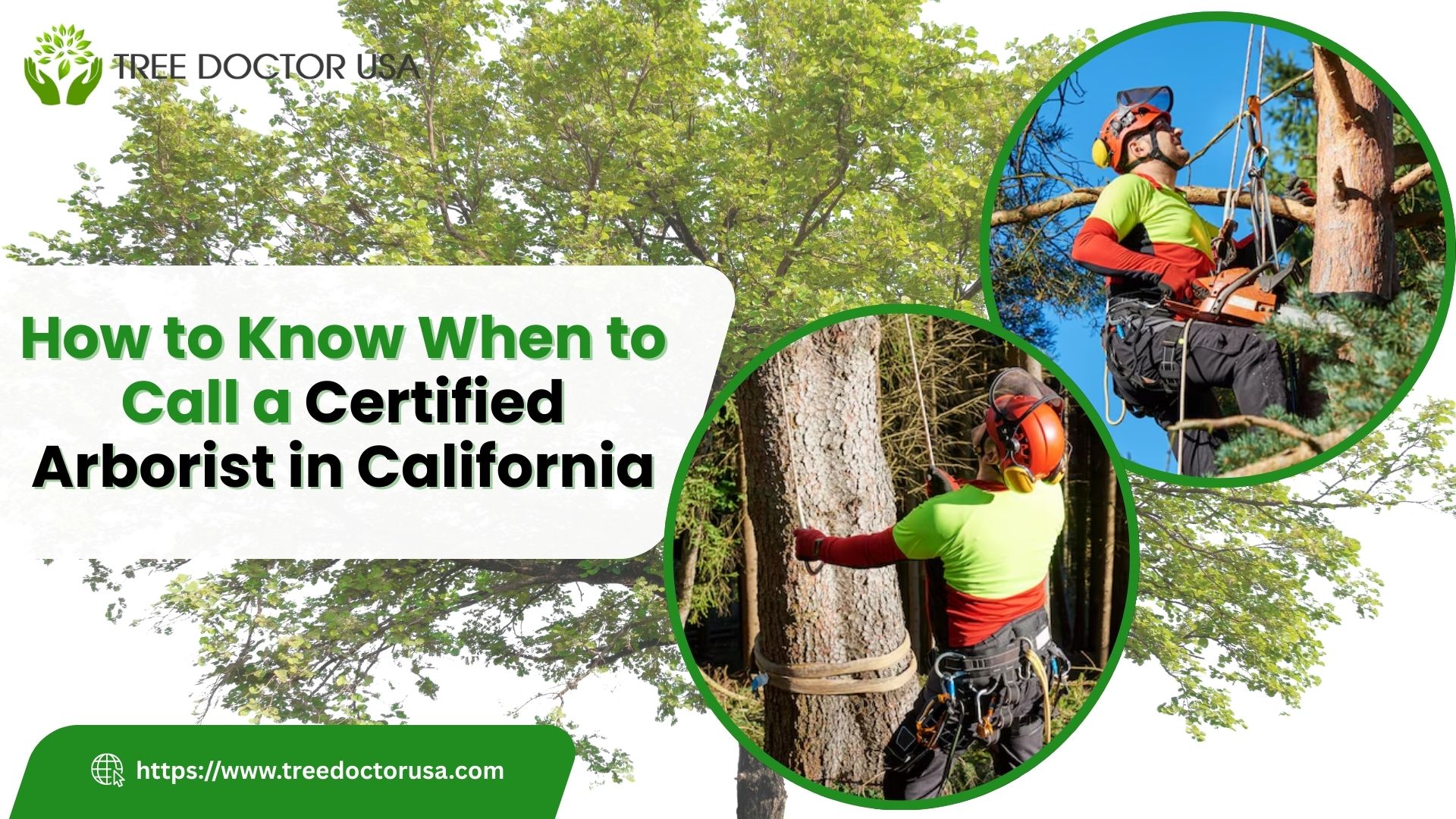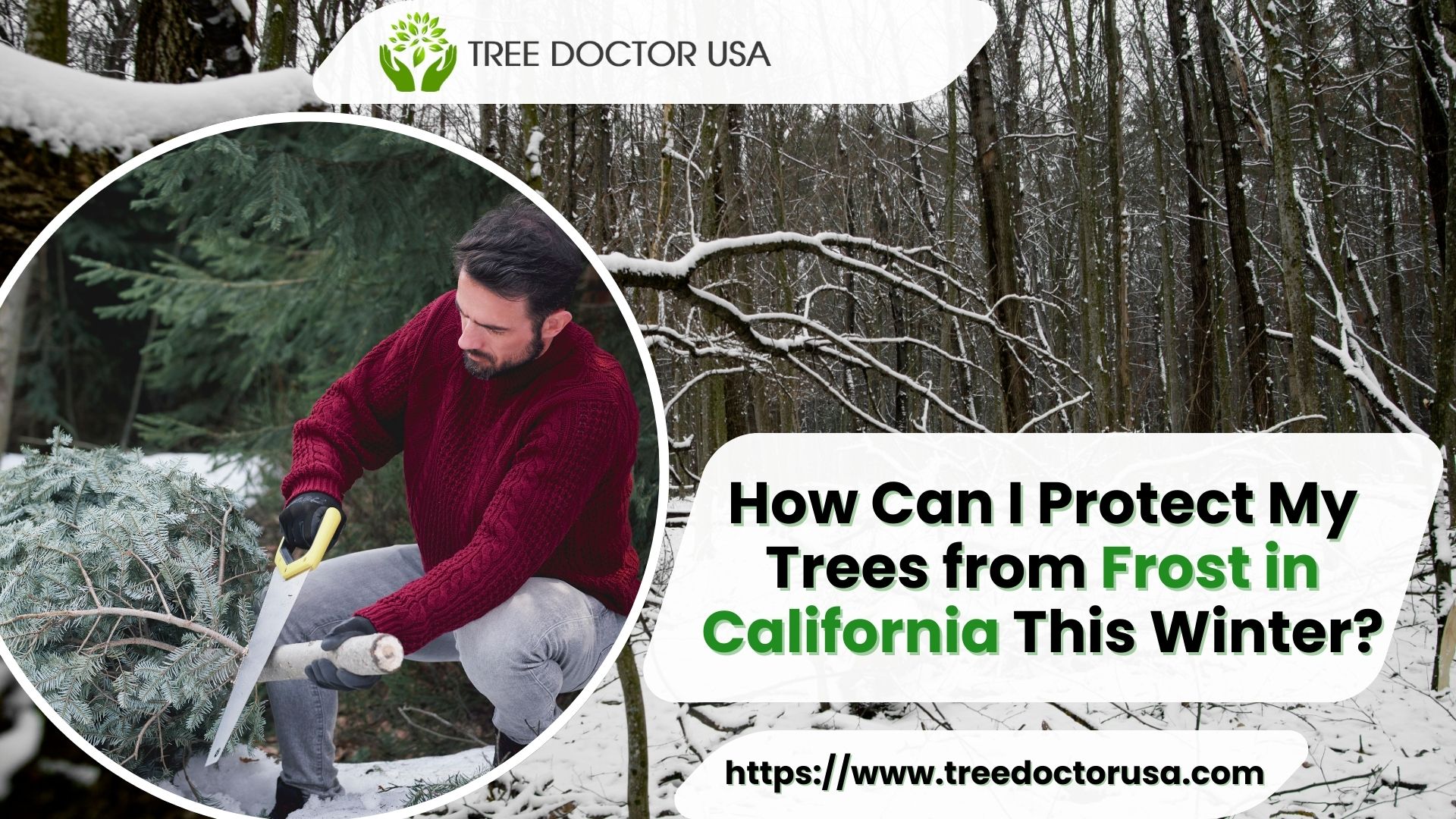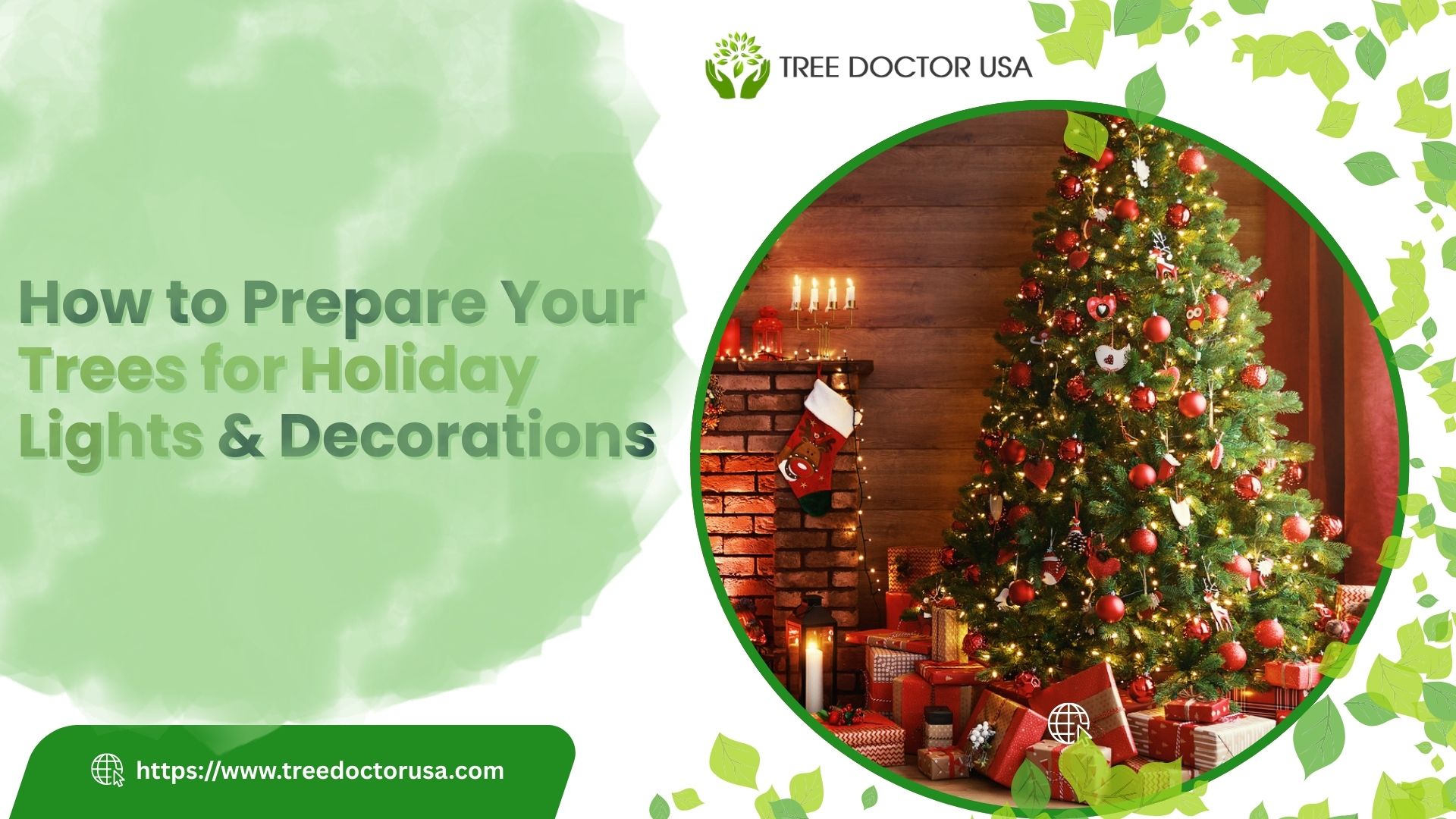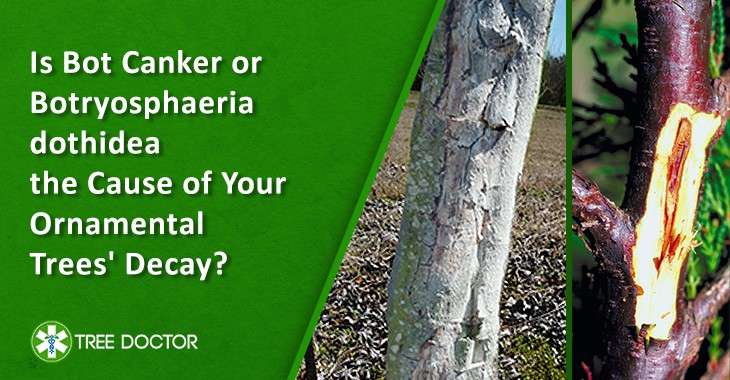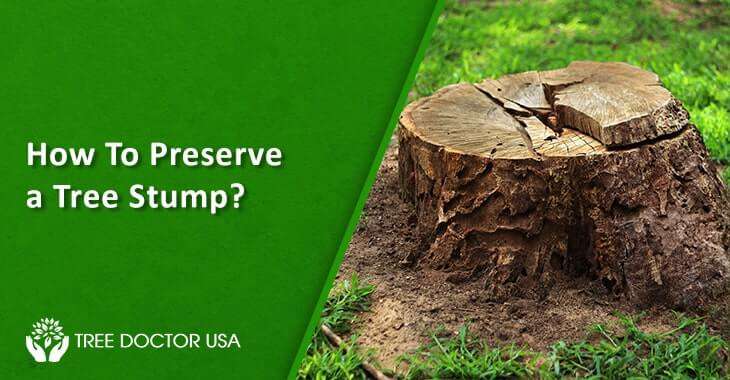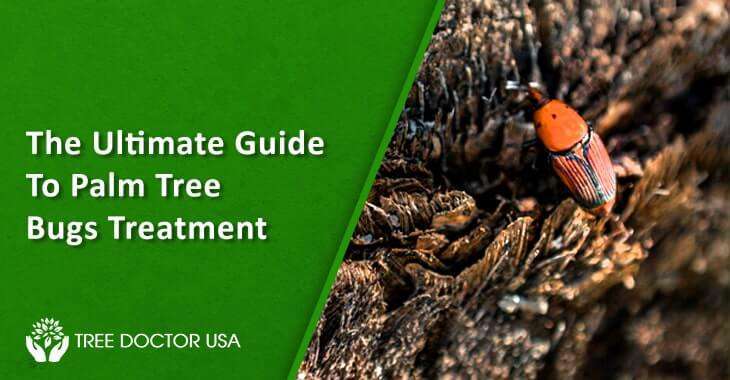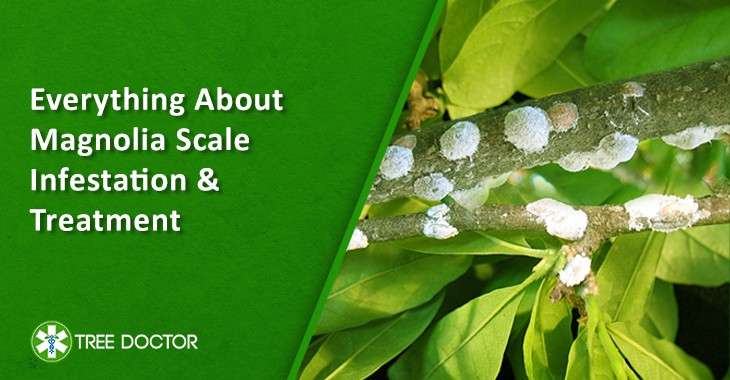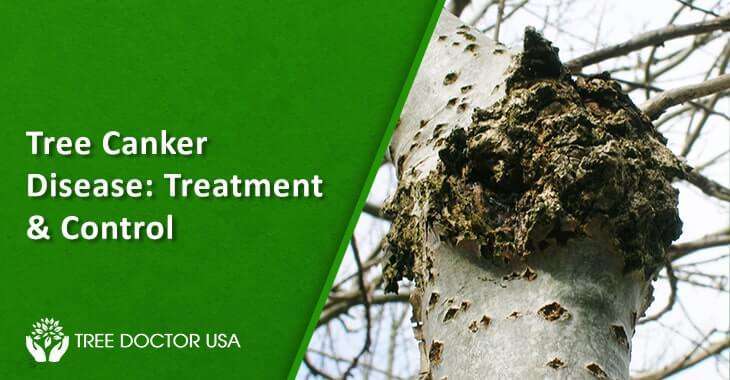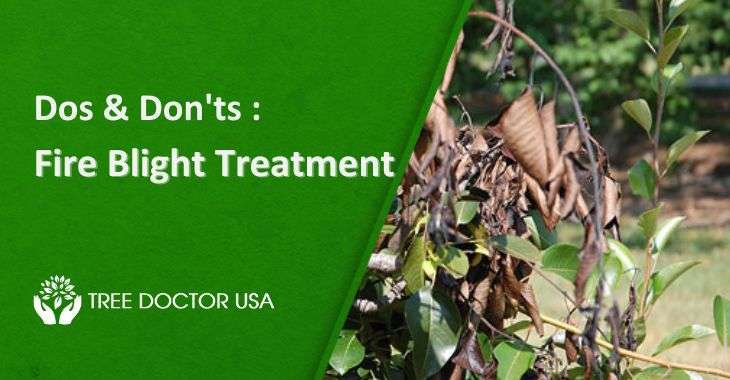Secret To Vigorous And Healthy Growing Trees
A healthy growing tree can give us shade, fruits, and flowers. It is crucial to have a healthy growing tree in our environment. There are many benefits of planting and growing trees. They help to improve the quality of air, water, and soil. Trees also provide homes for wildlife and help to prevent soil erosion.
When it comes to providing the best nutrients for trees, organic mulch, compost, and fertilizer are some of the best options.
Watering is another vital part of tree care. Trees need to be watered regularly, especially during hot and dry periods. Deep watering is best, as it helps tree roots grow deep and strong.
Top Reasons for Deteriorating Health and Vigor Of Trees
1. Insufficient Watering
One of the main reasons for a tree’s declining health is insufficient watering. If a tree doesn’t receive enough water, it will start to show signs of stress, such as wilting leaves, dry bark, and dying branches. Trees need a consistent supply of water to stay healthy, so if you think your tree isn’t getting enough, make sure to give it a good watering.
2. Pest Infestation
Another reason for a tree’s declining health can be a pest infestation. If your tree is infested with pests, such as insects or diseases, it will start to show signs of stress, such as wilting leaves, dying branches, and bark that is falling off. If you think your tree might be infested with pests, contact a tree care professional to have them treated.
3. Poor Soil Conditions
Another common reason for a tree’s deteriorating health is poor soil conditions. If the soil around your tree is compacted, has poor drainage, or is lacking in nutrients, it can cause your tree to become stressed and start to show signs of decline. To help improve soil conditions around your tree, make sure to aerate the soil and add compost or other organic matter.
4. Environmental Stressors
Environmental stressors, such as extreme weather conditions, pollution, or construction activity, can also cause a tree’s health to decline. If you think your tree might be experiencing stress from an environmental factor, contact a tree care professional to have it assessed.
Signs of Unhealthy and Stressed Trees
- Wilting or yellowing leaves – this is one of the most common signs that a tree is unhealthy or stressed.
- Branches dying or falling off – this can be a sign of pest infestation, poor pruning practices, or environmental stressors.
- Bark that is falling off or cracks in the bark– can be a sign of poor soil conditions, pest infestation, or environmental stressors.
- Tree is leaning – this can be a sign of poor root health or soil conditions.
How to Encourage Vigorous Growth and Optimum Tree Health Care?
Know What Your Tree Needs
You can assess tree health by looking at various indicators. Some common tree health indicators are:
- Proper Tree Watering – Trees need a consistent supply of water to stay healthy, so it’s crucial to water them regularly. The best way to water a tree is to soak the ground around it with a hose or irrigation system for about 30 minutes once a week. This will help ensure that the tree’s roots get enough water.
- Fertilization – Trees also need nutrients to stay healthy, so it’s important to fertilize them regularly. The best time to fertilize a tree is in the spring before new growth begins. Tree health care professionals can help you choose the right fertilizer for your tree.
- Pest Control – Another important aspect of tree care is pest control. If your tree is infested with pests, such as insects or diseases, it will start to show signs of stress, such as wilting leaves, dying branches, and bark that is falling off. If you think there is a pest infestation on your tree, contact a tree care professional to treat them.
Regular Inspection to Locate Root Cause of Stress or Damage to Tree
As a property owner, you are responsible for the trees on your land. This includes ensuring that they are properly cared for and maintained. Part of this responsibility is to have a regular tree inspection with the assistance of a qualified arborist.
A tree inspection involves a thorough examination of the tree from top to bottom. The arborist will look for any signs of stress or damage and will try to identify the root cause. This information will help them to create a plan of action to rectify the problem and prevent future issues.
Keep An Eye On Root Health
The roots are the foundation of a tree, and they play a vital role in its overall health. Without healthy roots, a tree will not be able to absorb the nutrients it needs from the soil. It can lead to several problems, such as poor growth, yellowing leaves, and branch dieback.
It is crucial to keep an eye on the health of your tree roots, and there are several ways to do this, including:
- Checking the soil around the base of the tree for signs of compaction or waterlogging.
- Checking the roots for signs of damage, such as cracks, breaks, or wounds.
- Checking the tree for any signs of stress, such as yellowing leaves or branch dieback.
Preventive Control of Diseases and Unwanted Invasion of Pests
Diseases and pests can have a devastating effect on trees. They can cause a tree to become sick or even die. It is essential to be proactive in the fight against diseases and pests and to take steps to prevent them from taking hold in the first place.
Ensure Balanced Nutrition And Supplements To Trees
A healthy tree needs a balanced diet of nutrients to stay strong and grow properly. These tree nutrients are essential for the tree to produce new leaves, branches, and roots. They also help the tree resist diseases and pests.
Many ways to ensure that your tree is getting the nutrients it needs, including:
- Use mulch: Mulch is a layer of material, such as leaves, bark, or compost, that is spread around the base of a tree. It helps to improve the quality of the soil and retain moisture.
- Fertilize: Fertilizers provide trees with a boost of nutrients that they might otherwise be lacking. You should apply them according to the manufacturer’s instructions.
- Water: Trees need water to survive. It is important to water them deeply and regularly, especially during periods of drought.
- Treat Dead or Damaged Branches: Treat dead or damaged branches from a tree, as it helps to improve the tree’s vigor and health.
Maintain Quality of Soil
The quality of the soil around a tree is important for its health. Healthy soil helps the tree to absorb nutrients and water more effectively. It also helps to prevent compaction, which can damage tree roots.
Timely Fertilization In Accurate Quantity
Fertilizers provide trees with a boost of nutrients that they might otherwise be lacking. They should be applied according to the manufacturer’s instructions.
Fertilize trees every year to ensure they are getting the nutrients they need to stay healthy and grow properly.
No Delay In Tree Disease Treatment
Diseases can have a devastating effect on trees. They can cause a tree to become sick or even die. It is important to be proactive in the fight against diseases and to take steps to prevent them from taking hold in the first place.
There are several ways to prevent diseases from taking hold, including sanitation, nourishment, fertilization, and watering regularly.
Restrict The Growth Of Insects, Pests, Bacteria, And Fungus With Tailored Treatment
Most people don’t think about the health of their trees until something goes wrong. Tree health services include regular checkups and treatments to keep your trees looking their best and prevent problems down the road.
Insects, pests, bacteria, and fungi can all cause problems for trees if left unchecked. Timely tree health services can help identify these problems early and provide tailored treatment plans to keep your trees healthy.
Final Thoughts
Tree healthcare are crucial for keeping your trees looking their best and preventing problems down the road. By identifying potential problems early and providing tailored treatment plans, you can help keep your trees healthy and free of pests, bacteria, and fungus.


